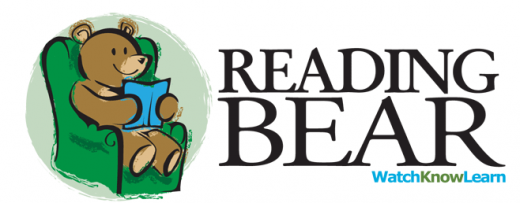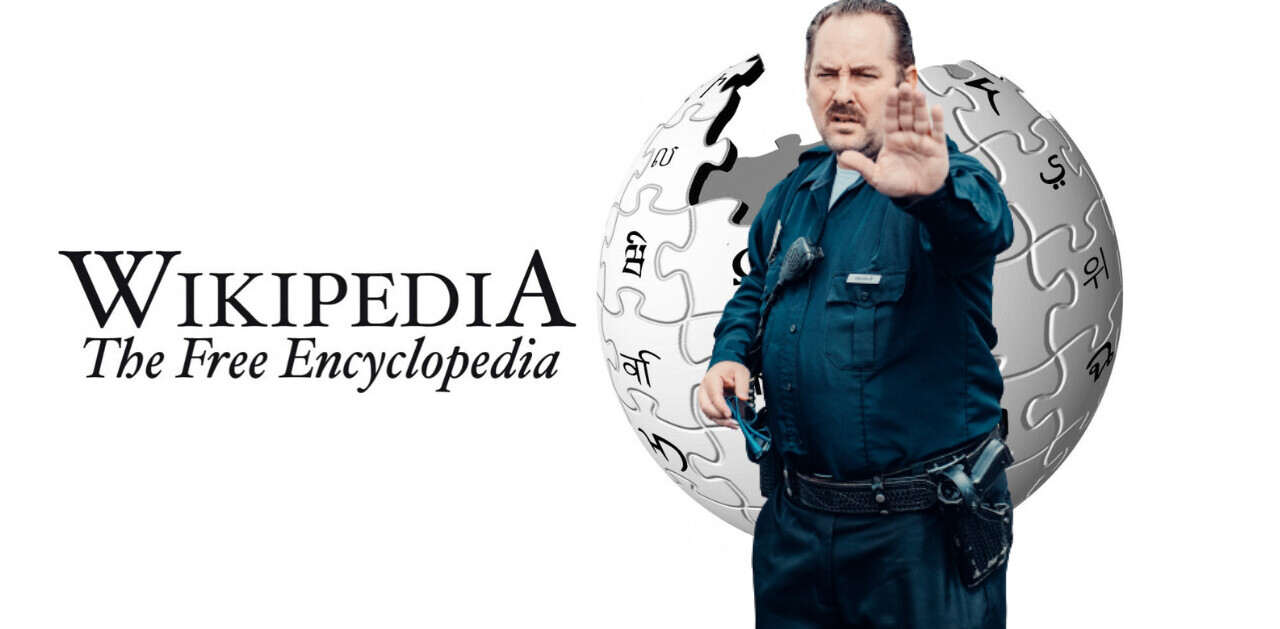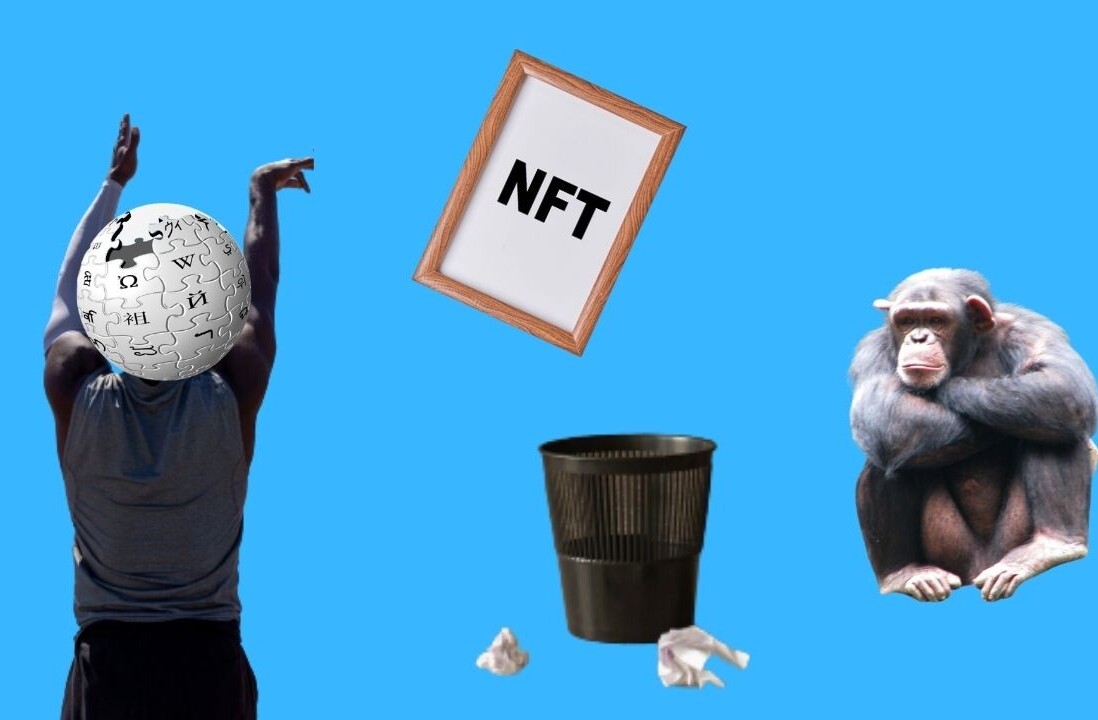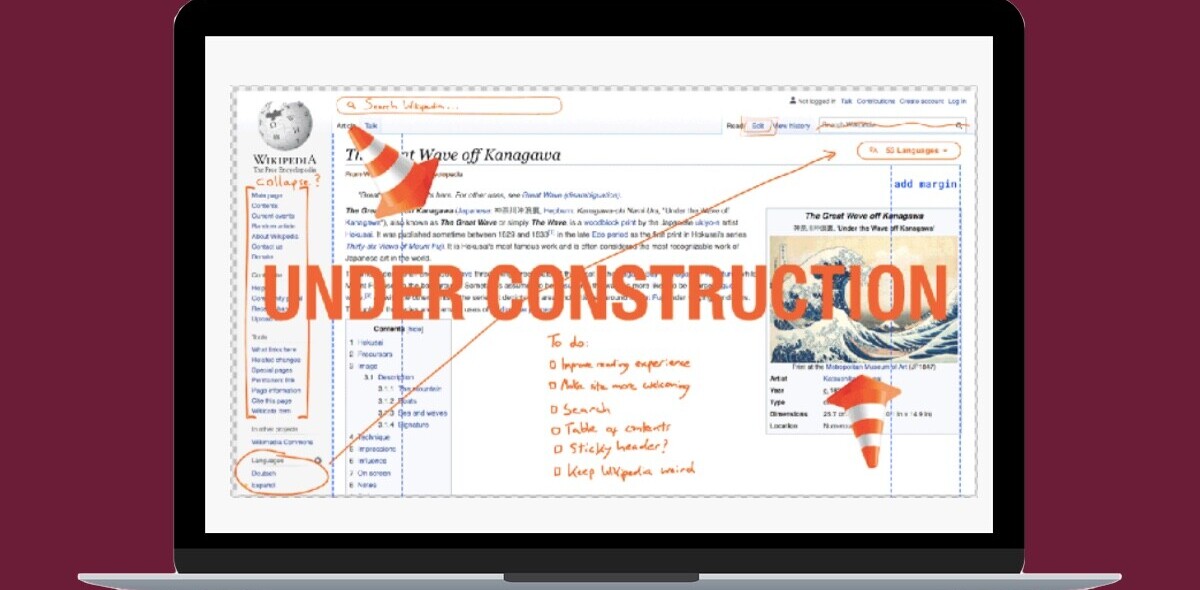
“Reading Bear teaches children to read by introducing phonics principles painlessly and systematically, while teaching new vocabulary.”
Jimmy Wales may be the well-known ‘face’ of Wikipedia, but he also has a lesser-known co-founder Larry Sanger, who left the crowdsourced encyclopedia project shortly after it was launched. And after nearly a year of development, Sanger has this week announced a neat new online tool called Reading Bear, which is a “systematic phonics tutorial.”

About Reading Bear
Reading Bear sells itself as “the first free reading site online that takes students systematically through all — not just a selection — of the main phonics principles, using innovative multimedia presentations.”
So Reading Bear is designed to help children learn to read, using a hybrid of videos, PowerPoint presentations, and ebooks. “Highlighting text as sounds are pronounced and using examples and visuals allows students to infer phonics rules naturally and painlessly, without inflicting worksheets or unnecessary jargon on them,” Sanger said. “I think their pronunciation will improve as well.”
About 50 presentations are planned and will be added in the coming months, covering over 1,200 words and introducing all the main phonics rules to young learners.
However, it’s not all about learning to pronounce words. Reading Bear also places a lot of focus on meaning and context, with each word being represented by a picture, a sentence, and a video. Each presentation comes in seven different versions, the longest being around 15 minutes. Among the optional settings are videos of the word spoken as they are displayed and read.
The project was supported by a grant of media from Shutterstock, Inc, and true to Sanger’s crowdsourcing roots with Wikipedia, volunteers from around the world helped edit the content for the site.
So how did the project come about? Well, WatchKnowLearn’s benefactor saw a video of Sanger’s son, then 4 years-old, reading at a very advanced level, so he asked Sanger to create a free online reading program. “Reading Bear is a digitized version of the flashcard method I used with my son,” Sanger said. “While it is mainly intended for kids learning to read at the normal ages of 4-7, the simplicity of the program has allowed me and others to use Reading Bear with younger children.”
You can actually see the flashcards Sanger used to teach his son to read, from a blog post last year. He said at the time:
“I started teaching my little boy to read beginning at 22 months, and by age four, he was decoding text (reading, in that sense) quite fluently at the sixth grade level, or above. I’ve discovered that there isn’t a lot written about the subject of baby reading. So I have written a 45,000-word essay on the subject.”
So what does the future hold for Reading Bear? “I hope to use it as a platform to create a free multimedia encyclopedia for little kids,” Sanger said. “I’m amazed at what tiny tots are capable of learning.”
You can learn more about Reading Bear on its Getting Started Page, or check this introductory video here:
Get the TNW newsletter
Get the most important tech news in your inbox each week.




